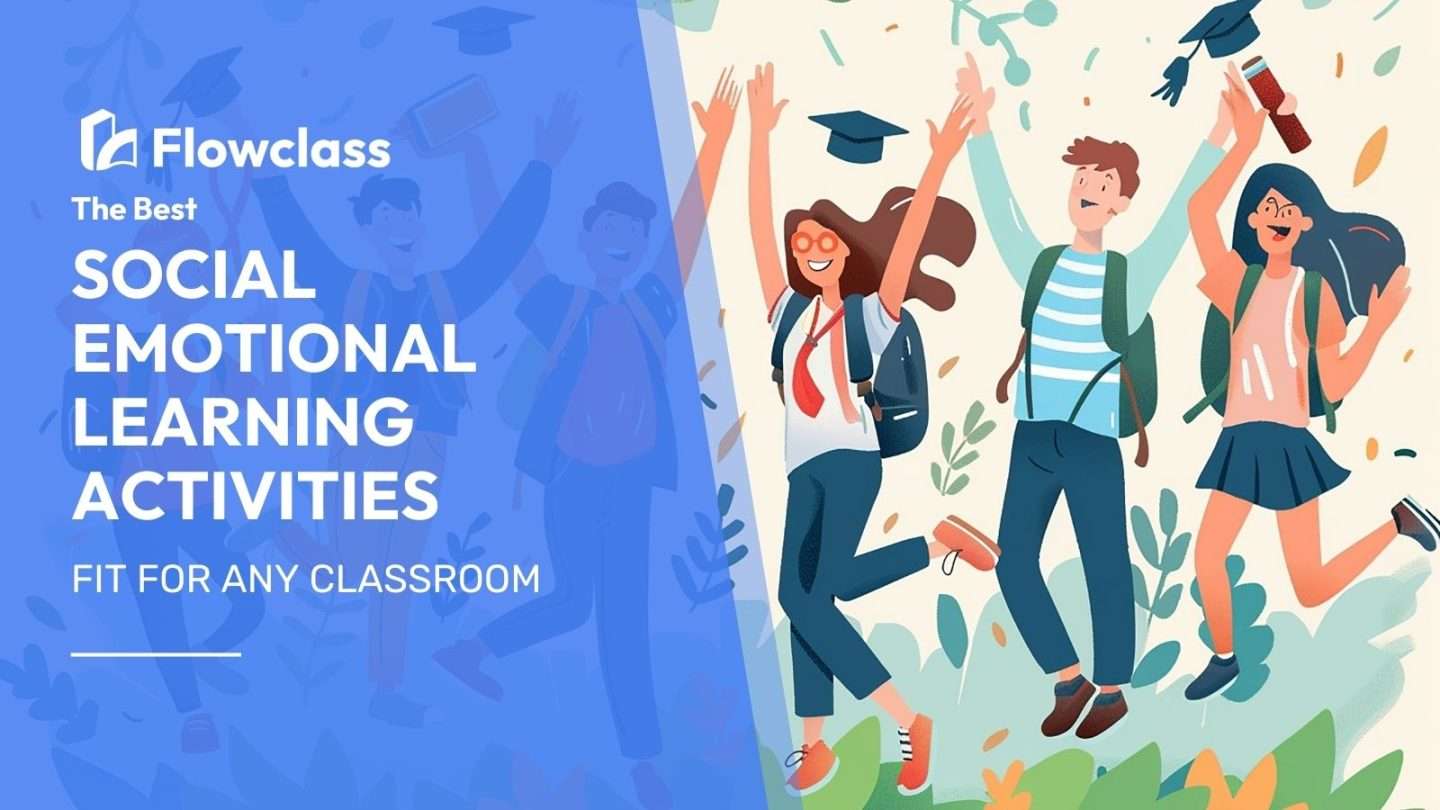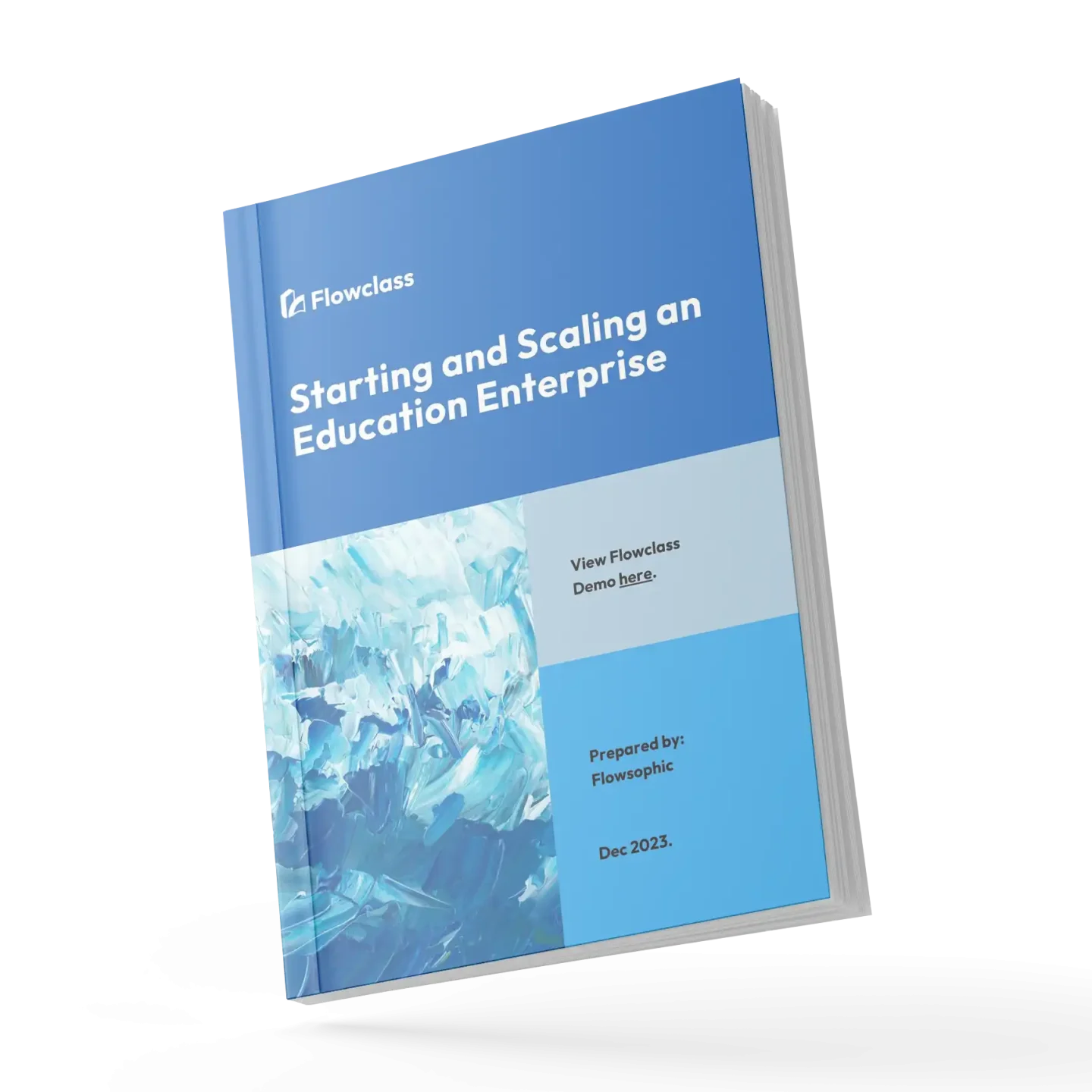Are you looking for innovative ways to promote social and emotional learning (SEL) activities in your classroom? Look no further! In this article, we have compiled a variety of engaging and effective SEL activities that are suitable for any classroom setting.
SEL plays a crucial role in the development of students’ emotional intelligence and social skills, which are essential for their overall well-being and success. These activities are designed to help your students develop self-awareness, build positive relationships, manage their emotions, and make responsible decisions. From group discussions and role-playing to mindfulness exercises and journaling prompts, there is something for every age and grade level.
By incorporating these activities into your curriculum, you will not only create a positive and inclusive learning environment but also empower your students to navigate the complexities of life with confidence and resilience. So, let’s dive in and discover the power of social and emotional learning together!
What is social-emotional learning (SEL)?
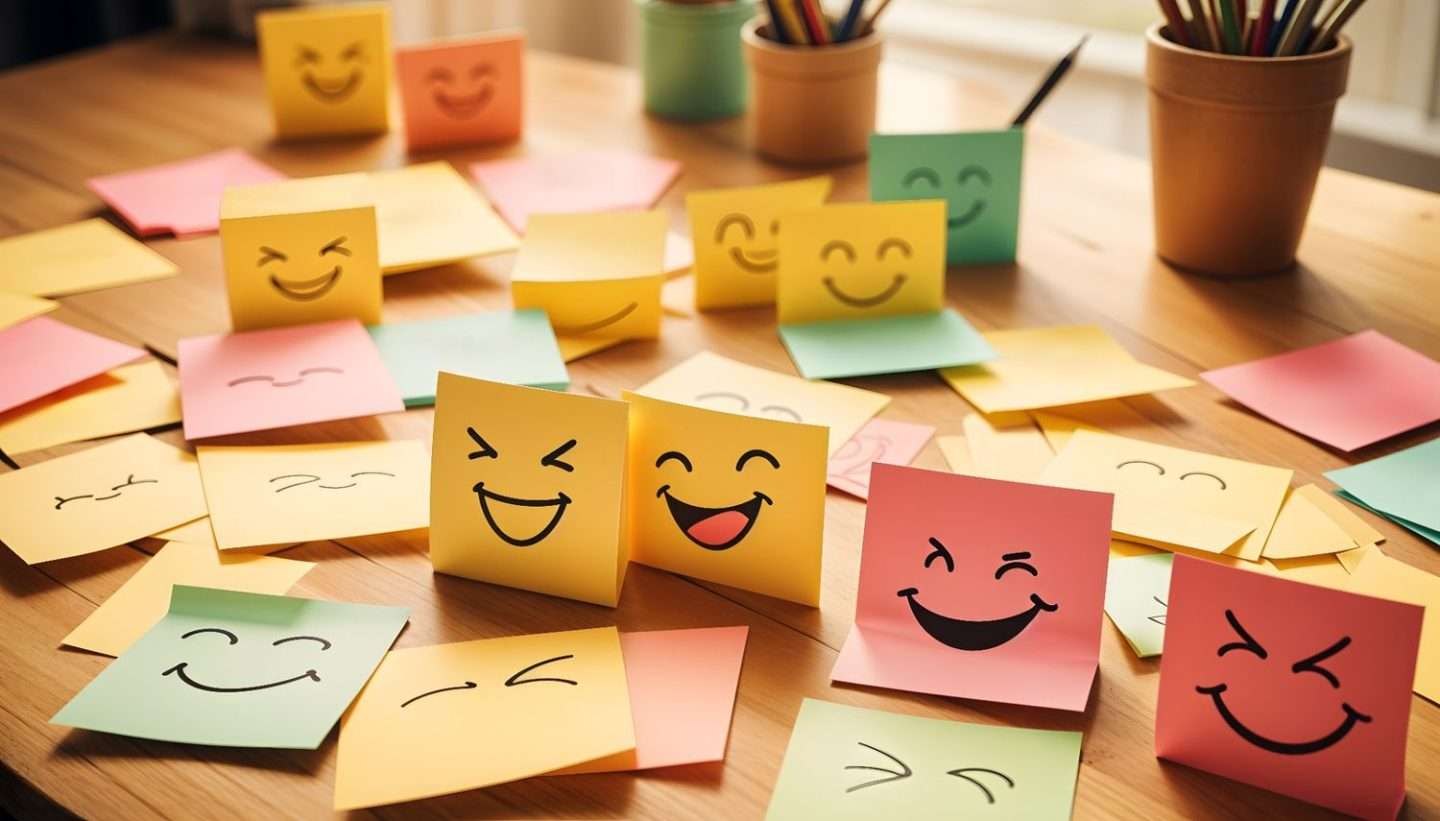
Social-emotional learning (SEL) refers to the process by which individuals develop the necessary skills to understand and manage their emotions, set and achieve positive goals, feel and show empathy for others, establish and maintain positive relationships, and make responsible decisions. This holistic approach to education focuses on the development of the whole child, recognizing that academic achievement is closely tied to a student’s social and emotional well-being.
At the core of SEL are five key competencies: self-awareness, self-management, social awareness, relationship skills, and responsible decision-making. These competencies are not only essential for academic success but also for navigating the complexities of life, both inside and outside the classroom. By fostering the growth of these skills, educators can empower students to become more self-reflective, resilient, and compassionate individuals.
SEL is not a new concept in the field of education, but its importance has gained increasing recognition in recent years. As the world becomes more interconnected and the challenges faced by students become more multifaceted, the need for a holistic approach to education that addresses the social and emotional needs of students has become more apparent. By integrating SEL into the curriculum, educators can create a learning environment that supports the overall well-being of their students and prepares them for the demands of the 21st century.
Importance of SEL activities in the classroom
In the classroom, social-emotional learning plays a crucial role in shaping the overall learning experience for students. When students feel emotionally supported and equipped with the necessary skills to manage their emotions and relationships, they are better able to focus on their academic pursuits and achieve their full potential.
One of the key benefits of SEL in the classroom is its positive impact on academic performance. Studies have shown that students who participate in SEL programs demonstrate improved academic achievement, with higher test scores, better grades, and increased engagement in the learning process. This is because SEL helps students develop the self-regulation and problem-solving skills needed to navigate the challenges of academic life, such as managing stress, collaborating with peers, and persisting through difficult tasks.
Moreover, SEL fosters the development of essential life skills that extend beyond the classroom. By learning to recognize and regulate their emotions, students become better equipped to navigate interpersonal relationships, make responsible decisions, and develop a strong sense of self-worth and resilience. These skills are not only valuable in the academic setting but also in the personal and professional lives of students, preparing them for the demands of the modern world.
Benefits of incorporating social-emotional learning activities
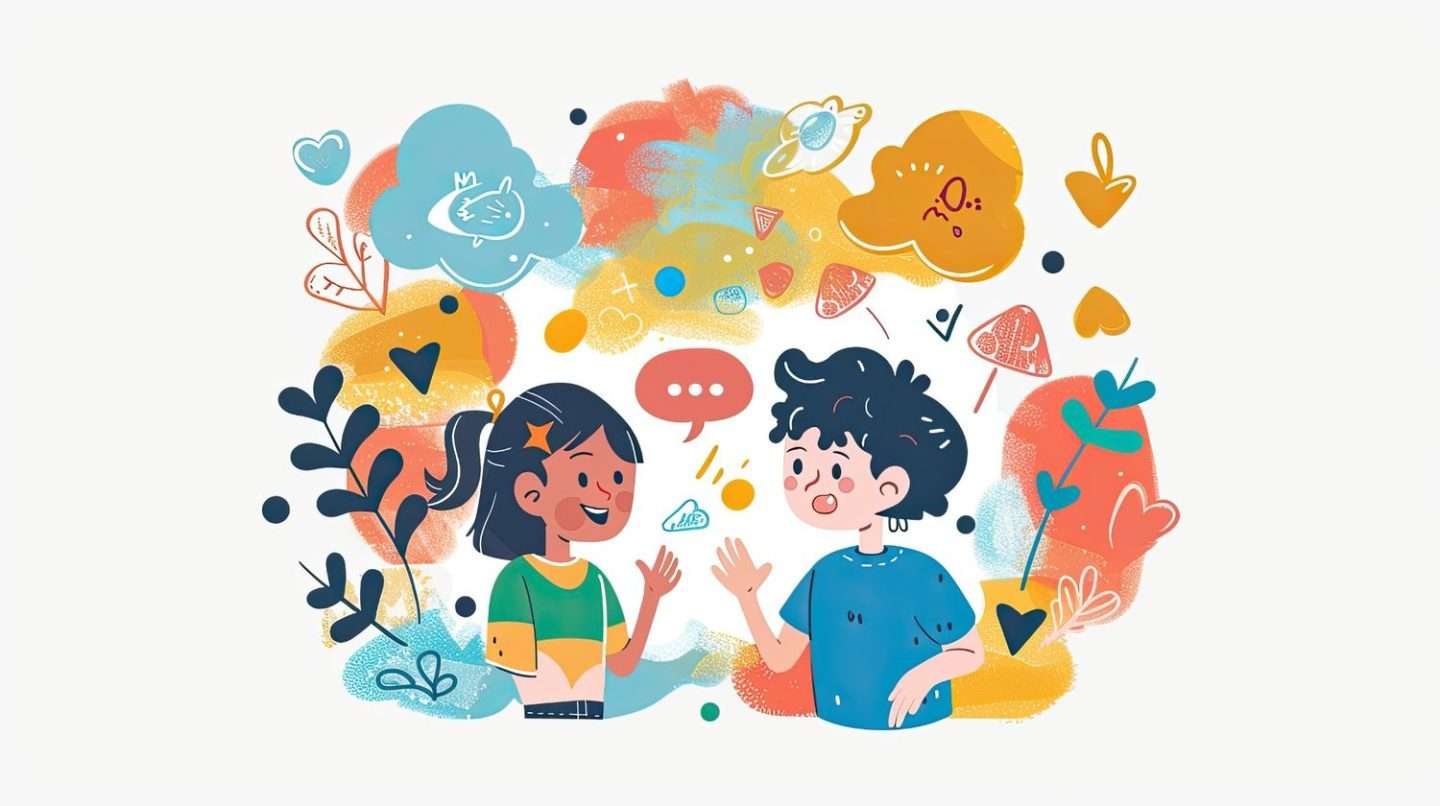
Incorporating social-emotional learning activities into the classroom can have a profound impact on students’ overall well-being and success. These activities provide a structured and engaging way for students to develop the necessary skills to navigate the social and emotional complexities of life. One of the primary benefits of SEL activities is their ability to foster a positive and inclusive learning environment.
When students feel emotionally supported and valued, they are more likely to engage in the learning process, collaborate with their peers, and take risks in their academic pursuits. This, in turn, can lead to improved academic performance, as students are better able to focus on their studies without the distractions of unresolved emotional or social issues.
Furthermore, SEL activities can help students develop a stronger sense of self-awareness and emotional regulation. By engaging in activities such as mindfulness exercises, self-reflection prompts, and conflict resolution role-plays, students learn to recognize and manage their emotions, empowering them to make responsible decisions and build healthy relationships. This not only benefits the individual student but also contributes to a more harmonious and productive classroom dynamic.
SEL statistics
The importance of social emotional learning is supported by a growing body of research and data. Several studies have highlighted the significant impact of SEL on various aspects of student development and academic success.
According to a meta-analysis conducted by the Collaborative for Academic, Social, and Emotional Learning (CASEL), students who participated in SEL programs demonstrated an 11-percentile-point gain in academic achievement compared to their peers who did not receive SEL instruction. Additionally, these students showed improved social and emotional skills, more positive attitudes toward themselves and others, and a reduction in behavioral problems and emotional distress.
Furthermore, a longitudinal study by the American Institutes for Research found that students who received SEL instruction in elementary school were more likely to graduate from high school, attend college, and secure employment in adulthood. These findings underscore the long-term benefits of incorporating SEL into the educational curriculum, as it not only enhances academic performance but also prepares students for success in their personal and professional lives.
Incorporating social-emotional learning into the curriculum
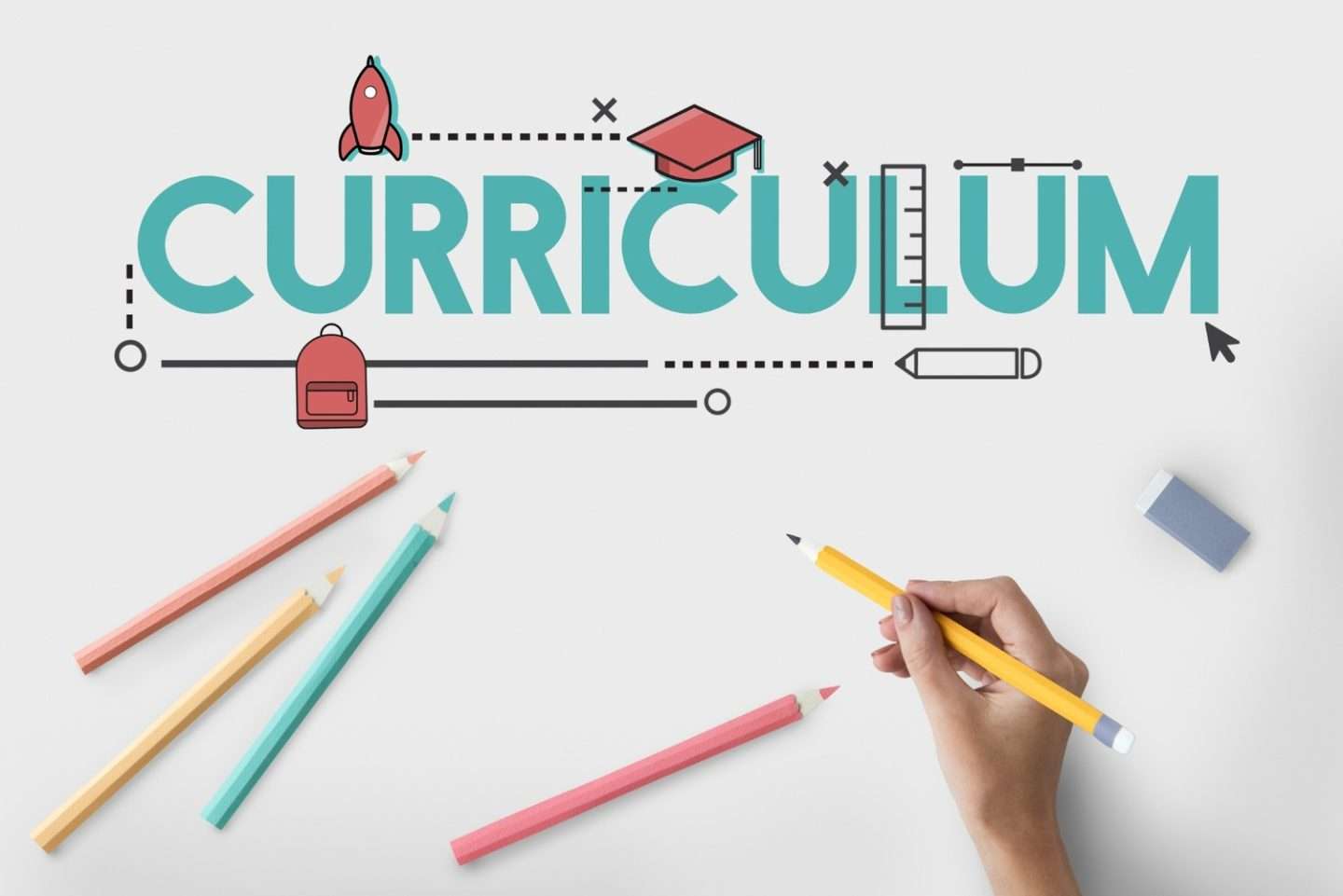
Integrating social-emotional learning into the curriculum is a strategic and multifaceted process that requires a collaborative effort from educators, administrators, and the broader school community. Effective implementation of SEL involves a comprehensive approach that goes beyond simply adding a few activities to the lesson plans.
One key aspect of successful SEL integration is the alignment of SEL objectives with the overall educational goals and standards. By clearly defining the specific SEL competencies that students should develop, educators can ensure that the SEL activities are not isolated from the core academic content but rather seamlessly woven into the curriculum. This approach helps students recognize the relevance and practical application of SEL skills in their daily lives, reinforcing their importance and fostering a deeper level of engagement.
Moreover, effective SEL implementation requires ongoing professional development for educators. Teachers must be equipped with the necessary knowledge, resources, and strategies to effectively facilitate SEL activities and model the desired behaviors and attitudes. By providing comprehensive training and support, schools can empower their teachers to become champions of SEL, creating a culture of emotional awareness and social responsibility that permeates the entire learning community.
Social-emotional learning activities for building self-awareness
Developing self-awareness is a fundamental component of social-emotional learning, as it enables students to better understand their own thoughts, feelings, and behaviors. By engaging in activities that promote self-awareness, students can learn to recognize their strengths, identify their areas for growth, and cultivate a greater sense of self-acceptance and self-confidence.
One effective activity for building self-awareness is the “Feelings Charades” game. In this activity, students take turns acting out different emotions, such as happiness, sadness, anger, or excitement, while their classmates guess the emotion being portrayed. This exercise not only encourages students to recognize and express a range of emotions but also fosters empathy and perspective-taking skills as they try to understand the emotions of their peers.
Another engaging self-awareness activity is the “Personal Coat of Arms” project.
In this activity, students create a visual representation of their unique qualities, interests, and values, using symbols, images, and short phrases. By reflecting on and sharing their coat of arms, students gain a deeper understanding of their identity and how they see themselves concerning the world around them.
Social-emotional learning activities for developing self-management skills
Self-management, the ability to regulate one’s emotions, thoughts, and behaviors, is a crucial component of social-emotional learning. By engaging in activities that promote self-management skills, students can learn to navigate challenging situations, set and achieve personal goals, and develop a greater sense of resilience and self-control.
One effective self-management activity is the “Mindfulness Moment” exercise. In this activity, students take a few minutes to engage in a guided mindfulness practice, such as deep breathing, body scans, or visualization exercises. This activity helps students cultivate their ability to be present, focused, and in control of their emotional responses, which can be particularly beneficial during times of stress or anxiety.
Another engaging self-management activity is the “Goal-Setting Worksheet.” In this activity, students identify a personal or academic goal, break it down into smaller, actionable steps, and develop a plan to achieve it. By practicing goal-setting and self-monitoring, students learn to take ownership of their learning and development, fostering a growth mindset and a sense of self-efficacy.
Social-emotional learning activities for building social awareness and empathy
Social awareness and empathy are essential skills for navigating the complexities of interpersonal relationships and fostering a sense of community within the classroom. By engaging in activities that promote social awareness and empathy, students can develop a deeper understanding of diverse perspectives, cultivate compassion, and strengthen their ability to collaborate effectively with their peers.
One powerful activity for building social awareness and empathy is the “Perspective-Taking Roleplay“. In this activity, students are assigned different roles or identities, such as a student with a disability, a new immigrant, or a student from a different cultural background. They then engage in a scenario or discussion, taking on the perspective of their assigned role. This exercise encourages students to step outside of their own experiences, consider the challenges and viewpoints of others, and develop a greater sense of understanding and compassion.
Another engaging activity is the “Compassion Project.” In this activity, students work in small groups to identify a local or global issue that they feel passionate about, such as homelessness, environmental conservation, or animal welfare. They then research the issue, develop a plan to take action, and implement a service-learning project to make a positive impact. By engaging in this hands-on, collaborative experience, students cultivate their social awareness, empathy, and sense of civic responsibility.
Social-emotional learning activities for developing relationship skills
Relationship skills, which encompass the ability to communicate effectively, collaborate with others, and resolve conflicts, are essential for building and maintaining healthy social connections. By engaging in activities that promote relationship skills, students can learn to navigate the complexities of interpersonal dynamics, foster positive interactions, and develop a greater sense of belonging within the classroom community.
One engaging activity for developing relationship skills is the “Communication Obstacle Course.” In this activity, students are divided into pairs and tasked with navigating a physical obstacle course while communicating with their partner using only non-verbal cues. This exercise encourages students to develop their active listening skills, problem-solving abilities, and the ability to work collaboratively to achieve a common goal.
Another effective relationship-building activity is the “Conflict Resolution Role-Play.” In this activity, students are presented with a scenario involving a conflict or disagreement, and they work in small groups to role-play possible solutions. By engaging in this process, students learn effective communication strategies, such as active listening, empathy, and compromise, which they can then apply to real-life situations in the classroom and beyond.
Conclusion
Social-emotional learning is a powerful and holistic approach to education that recognizes the critical role that social and emotional skills play in the overall development and success of students. By incorporating a diverse range of SEL activities into the classroom, educators can create a learning environment that supports the emotional well-being of their students, fosters positive relationships, and empowers them to navigate the complexities of life with confidence and resilience.
The activities outlined in this article represent just a small sample of the many engaging and effective SEL strategies that can be implemented in any classroom setting. From building self-awareness and self-management skills to developing social awareness, empathy, and relationship skills, these activities provide students with the tools they need to thrive both academically and personally.
As educators, it is our responsibility to nurture the whole child, addressing not only their intellectual growth but also their social and emotional needs. By prioritizing SEL and integrating it seamlessly into the curriculum, we can create a generation of students who are not only academically successful but also emotionally intelligent, resilient, and compassionate individuals, prepared to make a positive impact on the world around them.
📣 Want to learn more about social-emotional learning? Check out – Social-Emotional Learning Importance for Early-Childhood Development.

